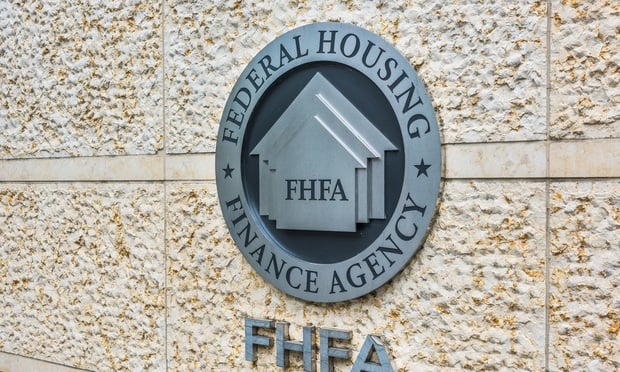
NEW YORK CITY—With rising interest rates, Kyle Gore, managing director and principal of CGA Capital, is seeing a huge uptick in net lease potential transactions and deals done in the last 18 months. On the buy side, equity players, developers and sellers may see the “proverbial window potentially closing” and after holding out for the best price, they realize cap rates are more likely to go up than down, says Gore. “So, if there's ever a time to engage in a financing transaction or a sale transaction that lends itself to a financing transaction now is the time.”
The Uptick
Gore will be one of the speakers at the RealShare April 4-5 Conference at the Park Lane Hotel in New York City. He'll be presenting on the panel, “Capital Markets Update & the 'Real Deals' of 2017: Lessons Learned and Implications for What's Next.”
Founded in 1989, CGA spun off of Legg Mason and has originated, structured and closed on over $18 billion in debt and equity financings. The finance and investment firm provides capital to developers or acquirers of net lease real estate with the distinguishing factor of retaining an interest in all of their deals.
The net lease space is a multi-billion dollar sector. In the last 18 months, CGA closed on $2 billion in transactions, with average deal sizes over $100 million. As examples, one deal was for a government facility involving national security, another was for one of the largest oil companies in the world, each over $500 million. Although these deals indicate what is truly happening in the industry, such transactions frequently fly under the radar because government security concerns can arise, and other financings often involve equity of high net worth individuals, family offices and institutional capital, not exactly clamoring for press attention.
As one New York example, Gore cites CGA's making a loan last month to provide $198.3 million in financing to Muss Development and HomeFed Corporation for the Brooklyn Renaissance Plaza. The net lease office building houses the United States Secret Service, the New York City Law Department and the Brooklyn District Attorney's Office.
Regardless of where economists say the cycle is currently at, Gore is observing a rise in corporate and government users' build to suit and sale transactions, lending themselves to long-term net lease financing. He says in addition to trying to get in on low interest rates, being at the tail end of an economic recovery certain corporations and governmental entities had some pent up demand—and were finally getting to do new construction.
With forecasting interest rates, Gore refers to cap rates as “sticky”—slow to go down when interest rates drop and slow to go up when interest rates rise. He also says not a “leading indicator,” cap rates are nonetheless a “lagging indicator” of interest rates.
Sale Leasebacks—On the Cusp of a Materially Changing Market
However, Gore has not yet seen the onset of a robust sale leaseback market. But he tells GlobeSt.com “that light switch may be getting flipped right now.”
Gore says that the real estate industry may be on the cusp of a materially changing market environment: Interest rates are rising. Cheap capital from the corporate bond market may disappear. Cap rates may be going up and the tax bill now has certain limitations on the amount of interest corporations can deduct.
“So, the intersection of events may trigger more sale leaseback activity,” says Gore. “All the things that were holding sale leaseback activity down for the last three or four years appear to be unwinding before us right now to the point there may be more sale leaseback activity going forward.”
An Aggressive “Race to the Bottom”?
As yet another trend, Gore is witnessing an aggressiveness in the market with players taking risks straying from focusing on credit. Every net lease financing is fundamentally about the credit of the tenant, the payer, the structure of the deal—what's the lease like and the underlying real estate. What's it worth if the whole thing blows up, accounting for residual value?
Gore sees people in the market now focusing on the real estate, putting less emphasis on the credit and the structure. And he thinks that's a big mistake.
“We're seeing some very aggressive back-end risk, residual risk in the real estate being taken. We think it's being misunderstood and mispriced in certain situations. To quote one of our institutional investors, 'In some deals, it feels like it's a race to the bottom,'” says Gore.
Want to continue reading?
Become a Free ALM Digital Reader.
Once you are an ALM Digital Member, you’ll receive:
- Breaking commercial real estate news and analysis, on-site and via our newsletters and custom alerts
- Educational webcasts, white papers, and ebooks from industry thought leaders
- Critical coverage of the property casualty insurance and financial advisory markets on our other ALM sites, PropertyCasualty360 and ThinkAdvisor
Already have an account? Sign In Now
*May exclude premium content© 2025 ALM Global, LLC, All Rights Reserved. Request academic re-use from www.copyright.com. All other uses, submit a request to [email protected]. For more information visit Asset & Logo Licensing.








